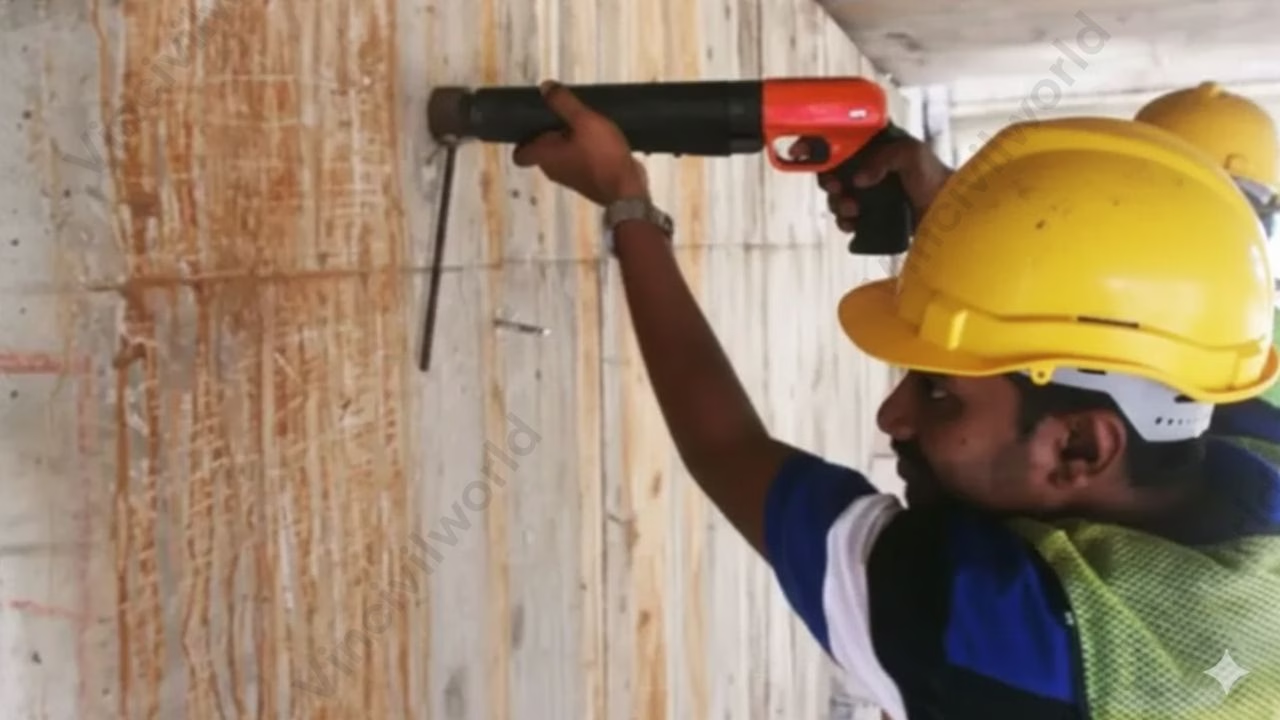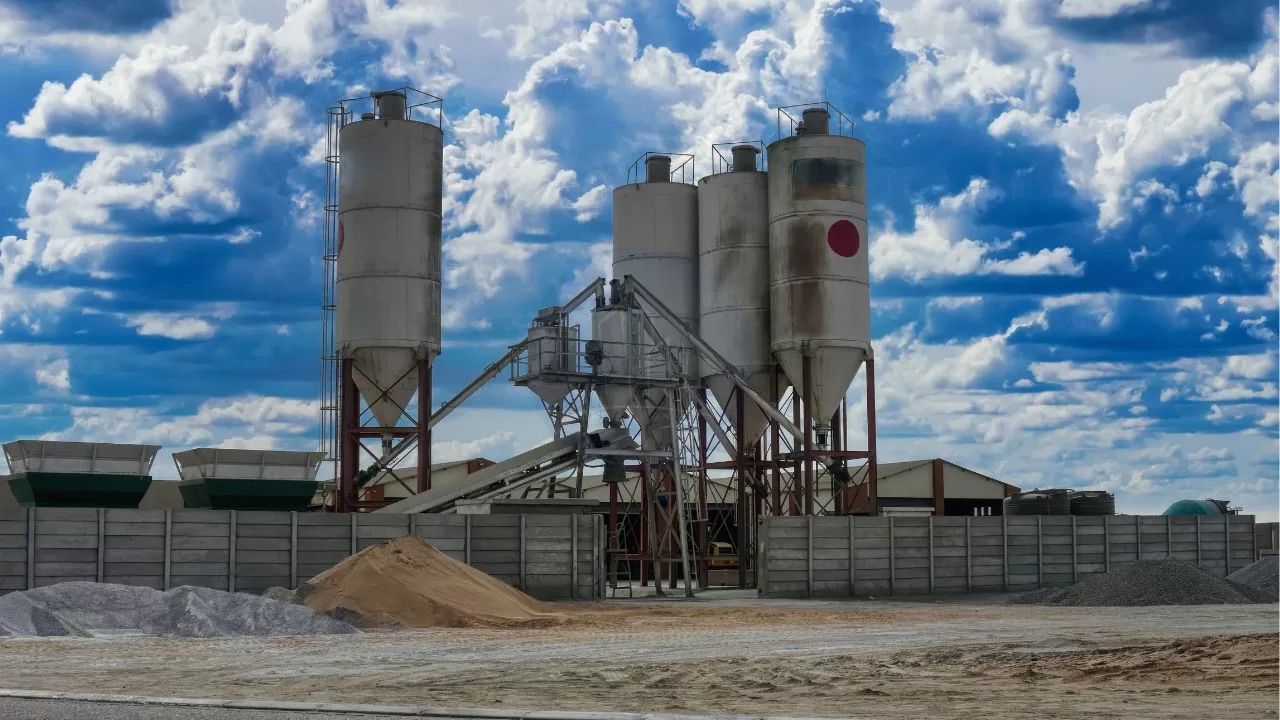Reinforced cement concrete is a topic you will need to familiarise at some point, if you are into civil engineering field, agree? Well, if you were surfing on the internet for some fresh knowledge and stumbled on to here, then also welcome! Let’s learn.
What is reinforced cement concrete?
Reinforced cement concrete (RCC), a composite material has been accepted worldwide as a construction material, bridges, retaining walls, docks and harbour, airfield pavements, flyovers,multi-storey building,complexes and simple houses etc.,
Okay. now what is the importance of RCC?
Concrete is good in resisting compression but is very weak in resisting tension. Hence reinforcement is provided in the concrete wherever tensile stress is expected. The best reinforcement is steel since the tensile strength of steel is quite high and the bond between steel and concrete is good. As the elastic modulus of steel is high, for the same extension the force resisted by steel is high compared to concrete.
However in tensile zone, hair cracks in concrete are unavoidable. Reinforcements are usually in the form of mild steel or ribbed steel bars of 6 mm to 32 mm diameter. A cage of reinforcements is prepared as per the design requirements, kept in a formwork and then green concrete is poured. After the concrete hardens, the formwork is removed. The composite material of steel and concrete now called R.C.C. acts as a structural member and can resist tensile as well as compressive stresses very well.
Moving onto more technicalities, let’s sneak into the properties of RCC.
Properties of reinforced cement concrete
The properties of a good RCC are,
- It should be capable of resisting expected tensile, compressive, bending and shear forces.
- It should not show excessive deflection and spoil serviceability requirement.
- There should be proper cover to the reinforcement, so that the corrossion is prevented.
- The hair cracks developed should be within the permissible limit.
- It is a good fire resistant material.
- When it is fresh, it can be moulded to any desired shape and size.
- Durability is very good.
- R.C.C. structure can be designed to take any load.
Ingredients of RCC
1. Cement
We have seen all the details of cement in previous blogs.
MUST READ:
Field Test For Cement- A Significant step towards quality
Properties of Cement- Everything you need to know
Manufacturing process of cement – Wet Process
2. Aggregates
These are the inert or chemically inactive materials which form the bulk of cement concrete. These aggregates are bound together by means of cement.
They can be classified into two. The selection of aggregate is based on the purpose and its maximum size.
a) Fine aggregates
The material which is passed through BIS test sieve no. 480 is called a fine aggregate. River sand is an example.
b) Course aggregates
The material which is retained on BIS test sieve no. 480 is termed as a coarse aggregate. Broken stone is and example.
3. Steel
Steel is used for reinforcement in the form of round bars of mild steel. Diameter of the steel bars used is between 6 mm to 40 mm.
4. Water
Nobody wants a description of what water is, right? Instead, let’s talk about why its significant. Water is an important ingredient because its amount determines the mixing of other ingredients in concrete.
5. Admixtures
Admixtures are ingredients other than above that are added in concrete to give it certain improved qualities or for changing different physical properties in its fresh and hardened stages. The addition of an admixture may improve the concrete with respect to its strength, hardness, workability, water-resisting power, etc.
Uses of reinforced cement concrete
It is a widely used building material. Some of its important uses are,
- R.C.C. is used as a structural element, the common structural elements in a building where R.C.C. is used are
(a) footings (b) columns
(c) beams and lintels (d) chajjas, roofs, slabs and
(e)stairs
2. R.C.C. is used for the construction of storage structures like
(a) Water tanks (b) Dams
(c) Bins (d) Silos and bunkers.
3. It is used for the construction of big structures like
(a) Bridges (b) Retaining walls
(c) Docks and harbours (d) Under water structures.
4. It is used for precasting
(a) Railway sleepers (b) Electric poles
5. R.C.C. is used for constructing tall structures like,
(a) Multistorey buildings (b) Chimneys
(c) Towers
6. It is used for paving,
(a) Roads (b) Airports
7. R.C.C. is used in building atomic plants to prevent danger of radiation. For this purpose R.C.C. walls built are 1.5 m to 2.0 m thick.
Cool. You have known enough to design RCC. Whom are we waiting for?
Design of reinforced cement concrete
A structural member made by two or more different components constructing together is called as composite structure. A reinforced concrete structure belongs to this category.
Methods 1- Working stress method
In this method, behavior of the structure is assumed to act as linearly elastic body under the action of service loads.
Assumptions of working Stress Method
1. At any cross section,plane sections before bending remains plane after bending.
2. All tensile stresses are taken up by reinforcement and none by concrete,except otherwise specially permitted.
3. stress-strain relationship of steel and concrete under working load is a straight line.
4. The modular ratio m has the value 280/3 stress (cbc) is permissible compressive stress due to bending in concrete
Keeping the assumptions in mind, let me break down the procedure of working stress method below.
Steps of working stress method
a) The stresses in an element is obtained from the working loads and compared with permissible stresses.
b) The method follows linear stress-strain behaviour of both the materials.
c) Modular ratio can be used to determine allowable stresses,
d) Ultimate load carrying capacity cannot be predicted accurately.
e) The main drawback of this method is uneconomical.
The figure shows the grade of concrete and proportions of ingredients proposed by working stress method

Advantages of working stress method
- Its a simple method
- The design results give a large section. Therefore, deflection and cracking is less.
- The structure designed using the method gives larger serviceability
Disadvantages of working stress method
- This method doesn’t show the real strength of structue. And doesn’t give real factor of safety under failure of structure.
- Because of creep, the stress- strain relationship of concrete doesn’t have definite modulous of elasticity
Method- 2 Limit state method
It is the method of designing structures based on statistical concept of safety and the associated statistical probability of failure.
The structures designed should satisfy the dual criteria which are safety and serviceability.
a). Safety
It can be defined as an acceptable degree of security against complete collapse. Or, the failure the concrete structure can occur by various modes such as compression, tension, flexure, torsion, shear.
b). Serviceability
The intended structure shouldn’t deteriorate to such an extend that if fails to fullfils the function for which its built. In concrete structure, the state can be reached due to excessive deflection, cracking, vibration, corrosion of reinforcement etc.
The steps in limit state of design
a) The stresses are obtained from design loads and compared with design strength.
b) In this method,it follows linear strain relationship but not linear stress relationship.
c) The ultimate stresses of materials itself are used as allowable stresses.
d) It shall also statisfy the serviceability requirements,such as limitations on deflection and cracking
Reinforced cement concrete books
The important books for clearing all your doubts regarding RCC are,
- B.C. Punmia, R.C.C Designs, 2012
- S. Pillai, Reinforced concrete designs, 1988
- P.C. Varghese, Advanced reinforced concrete design, 2004
- B.C. Punmia, Limit state design of reinforced concrete, 2007
- S.S. Bhavikatti, Advance R.C.C. design, 2006
- Murari Lal Gambhir, Design of reinforced concrete structures, 2008
You may note that other important authors are Unnikrishnan Pillai & Devdas Menon, V.L.Shah & S.R.Karve ( Local publication in Pune), P. Dayaratnam, R.Ramamutham and N. Krishnaraju.
Also you can refer NPTEL lectures and notes which are available in internet.
That’s it about RCC.
Continue reading! Because it makes life joyful.
MUST READ: Quality tests to be done on concrete – Slump Test




14 thoughts on “Reinforced cement concrete – Working and limit state method”
Comments are closed.